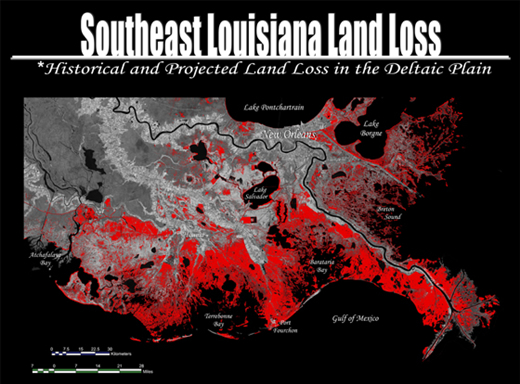Mandatory evacuation of New Orleans ordered by Mayor Nagin
Warning that Hurricane Gustav is the "mother of all storms," Mayor Ray Nagin late Saturday ordered a mandatory evacuation of the West Bank of New Orleans for 8 a.m. Sunday and the east bank for noon.If you live in the New Orleans area and you happen to be reading this post at home for some reason...get out now. Pack up and leave immediately. Don't wait for the storm to get another hour closer.
"We want 100 percent evacuation," Nagin said. "It has the potential to impact every area of this metropolitan area."
Katrina had a footprint of about 400 miles, he said. Gustav is about 900 miles and growing, Nagin said.
"This is worse than a Betsy, worse than a Katrina," he said.
Todd Kimberlain, a meteorologist with the National Hurricane Center, said he's not sure what Nagin meant by the storm's footprint. However, he said, "if he means the area of most severe impact, it's not a fair comparison at this point."
It's sad - and scary - to think that New Orleans could be flooded out and ravaged by a storm even more powerful than Hurricane Katrina. Whether Gustav does terrible damage to the city remains to be seen, but nobody in the path of the hurricane should stick around and wait to find out.
Storms like Katrina and Gustav are painful reminders of the importance of emergency preparedness and environmental protection, which go hand in hand.
One of the biggest problems in Louisiana is coastal erosion, which is destroying the buffer zone that helps shield the rest of the state from severe storms like Hurricane Gustav. Much of the land loss is the direct or indirect result of thoughtless human activity. See for yourself:

The above image was created by the Louisiana Coastal Wetlands Conservation and Restoration Task Force, a federal project begun in 1990. Unfortunately, the federal government has only provided a small sum ($60 million) annually to help fund this important environmental protection endeavor.
The accompanying paragraph reads:
Coastal Louisiana has lost an average of 34 square miles of land, primarily marsh, per year for the last 50 years. From 1932 to 2000, Coastal Louisiana lost 1900 square miles of land, roughly an area the size of Delaware. If nothing more is done to stop this land loss, Louisiana could potentially lose approximately 700 additional square miles of land, or an area about equal to the size of the greater Washington D.C. – Baltimore area, in the next 50 years.This is a serious problem...and not enough is being done about it. New Orleans may always be vulnerable to hurricanes, but it is within our power to lessen their severity by stopping the destruction of Louisiansa's coasts.

Comments:
Post a Comment